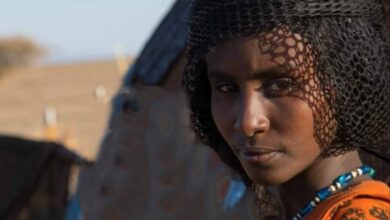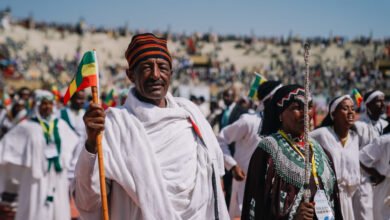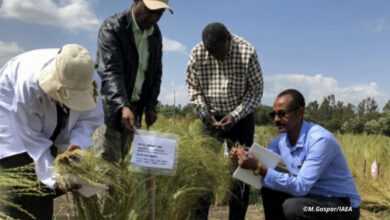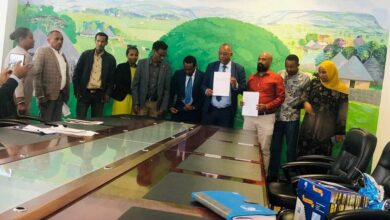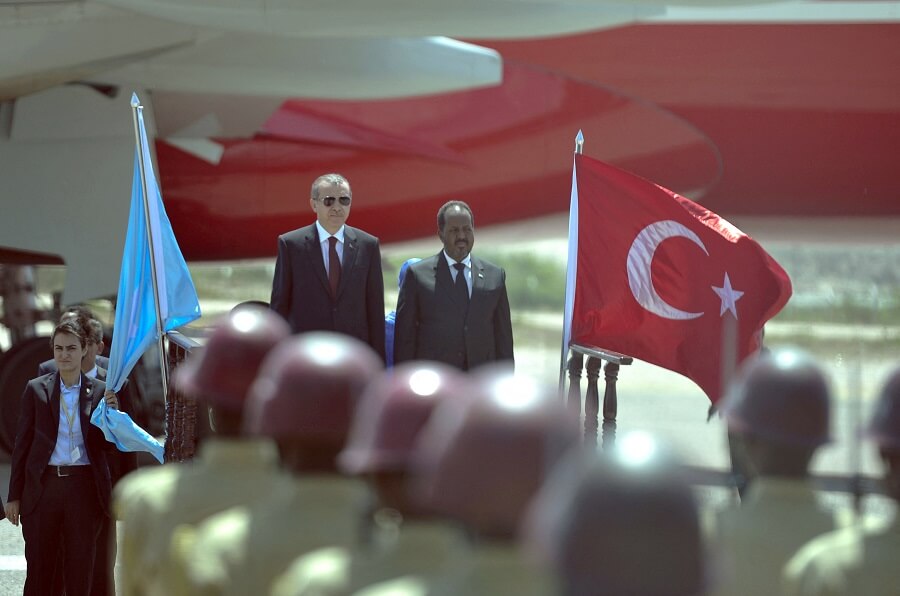Opinion: The Oromo Dance with Gospel: Sacred Rhythms?
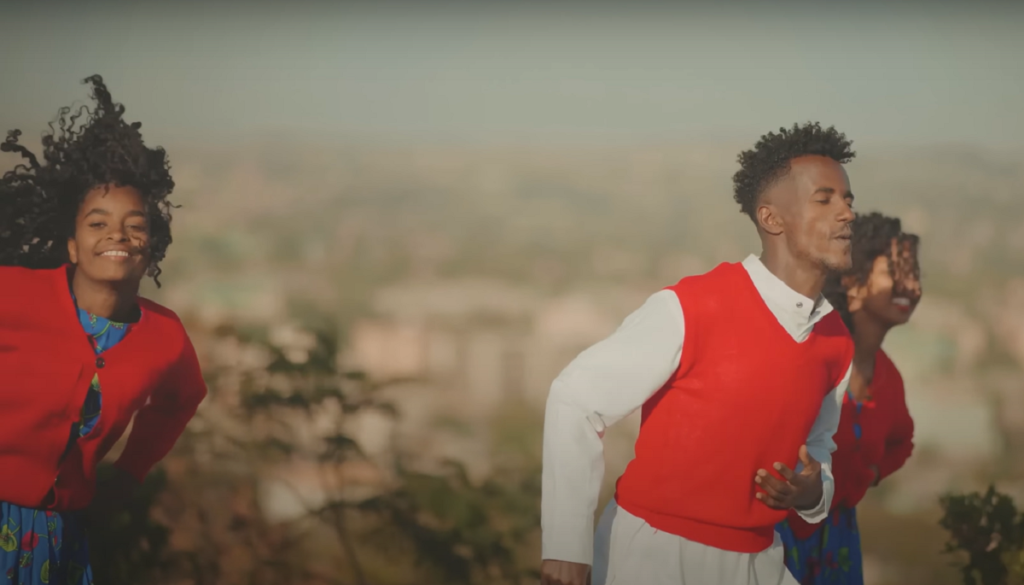
By Bedassa Tadesse (PhD)
Addis Abeba – Over recent years, attending numerous Oromo cultural celebrations – ranging from weddings to life celebrations – I’ve observed a striking phenomenon: Diaspora Oromos from diverse faith backgrounds joyfully dancing to Gospel songs imbued with the essence of traditional Oromo melodies, such as Hayyaasee of Horro and Shubbisoo of Jimma, to name a few. This observation stirred my curiosity, pushing me to reflect on the contribution of Oromo cultural heritage to the proliferation of the Lutheran faith and the underlying factors propelling this symbiosis.
In my view, the rise of Lutheranism within the Oromo community, particularly in contemporary times, can be attributed to two pivotal actions: the creative innovation of Oromo Gospel artists in infusing the beats of rich Oromo musical and dance heritage into their Gospel songs and the progressive decision or perhaps, intentional (unintentional) indifference of Oromo church leaders in endorsing this integration tacitly. Four pillars underpin this assertion:
- Music: The Heartbeat of Oromo Culture. For the Oromo, music isn’t just an auditory delight; it’s an archive of their history, a medium of communication, and a bridge to the spiritual realm. Their songs, rich in rhythmic patterns and evocative melodies, often carry poignant tales of their struggles under the various Ethiopian regimes. By enabling the weaving of these cultural anthems into Lutheran liturgical practices, Oromo Lutheran leaders didn’t just allow the mere blending of two worlds; they created a sacred space where Lutheranism could resonate with the Oromo, amplifying their faith and, at the same time, cultural identity.
- Emotional Resonance of Oromo Music. Oromo music is highly diverse. For anyone who knows and understands the language, it is easy to understand how the deep emotive layers of Oromo music, coupled with spiritual lyrics, strike a chord within the hearts of worshippers. This spiritual-cum-cultural amalgamation has undoubtedly bolstered the appeal of Lutheranism, crafting a unique spiritual experience that speaks to the Oromo soul.
- Dance: Oromo’s Cultural Signature. Beyond physical expression, Oromo dances are vibrant narratives of celebration, identity, and history. Oromo traditional dances, such as Shubisa and Dhiichisa, and beats associated with Hayyaasee – rooted in the rich soils of Central and Western Oromia – encapsulate the Oromo’s vivacious spirit. In addition, the community essence of Oromo dance appears to have been seamlessly woven into Lutheran ritual practices, accentuating the faith’s depth and the cultural understanding of its tenets among the Oromo.
- Choreographing Spirituality. As a result of the intertwining of faith and culture, one can observe that beyond their cultural heritage, specific Oromo dance rhythms have now taken on a sacred aura. Thus, by permitting the harmonization of religious practices with traditional Oromo dance rituals, the Oromo Lutheran leaders have, consciously or inadvertently, crafted an atmosphere radiating inclusivity and authenticity, for which they must be lauded.
These pillars highlight that the Oromo community’s embrace of Lutheranism has come to a stage where the choreographed merger of their cultural rhythms and faith is giving rise to what can be described as “sacred rhythms,” forming a spiritual tapestry that is profound and uniquely Oromo – a testament to the resilience of Oromo people in adopting and adapting Christianity with their traditional cultural values.
Editor’s Note: Bedassa Tadesse (PhD) is a professor of economics at the University of Minnesota- Duluth, USA. He can be reached at @ btadesse@d.umn.edu


